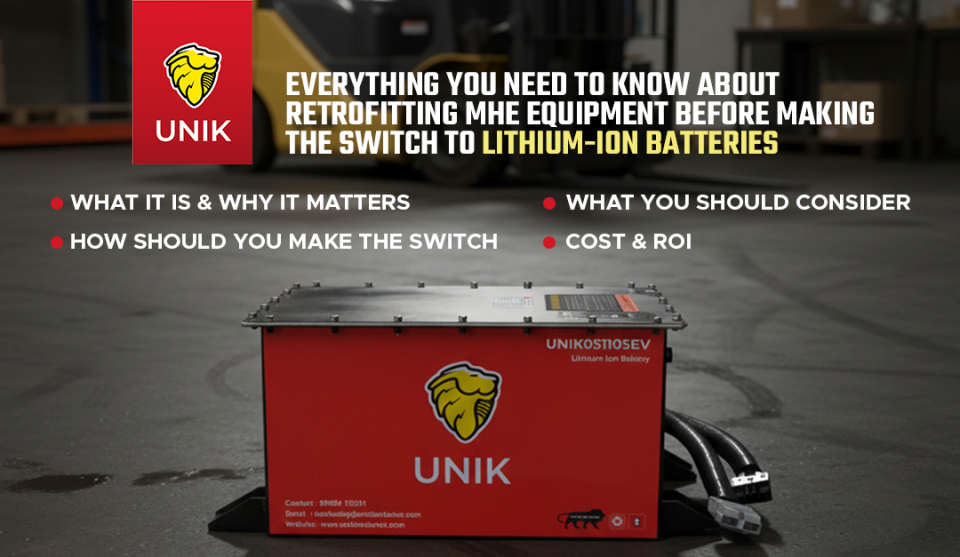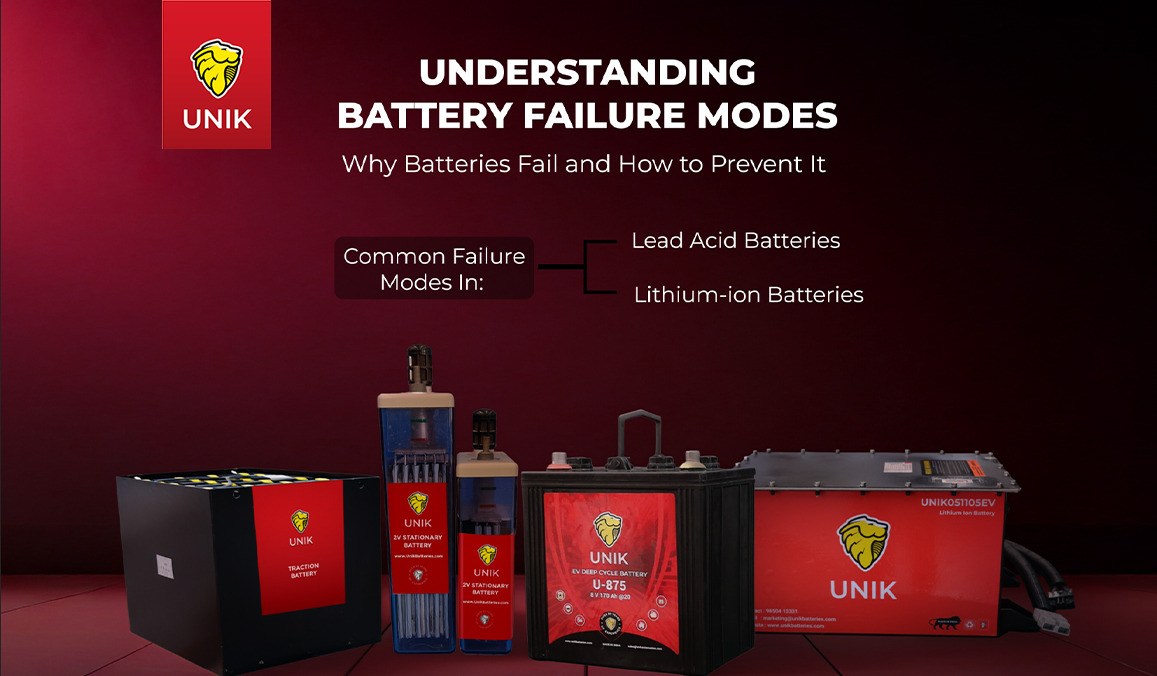The Role of Batteries in Sustainable Energy Solutions
As the world moves towards a future powered by renewable energy sources, the importance of energy storage systems, particularly batteries, has become increasingly apparent. Batteries play a crucial role in sustainable energy solutions by enhancing energy efficiency, stabilising the grid, and enabling the widespread adoption of renewable energy. This article explores the integral role of batteries in sustainable energy systems and how advancements in battery technology are driving the transition to a greener future.
The Need for Energy Storage in Renewable Energy Systems
Renewable energy sources like solar and wind power are inherently variable. Solar power is only generated during daylight hours, and wind energy depends on weather conditions. This variability poses a significant challenge to maintaining a consistent and reliable energy supply. Traditional energy grids, designed for steady power generation from fossil fuels, need help integrating these intermittent renewable energy sources.
Energy storage systems, particularly batteries, are essential for overcoming this challenge. By storing excess energy generated during peak production periods, batteries ensure that energy is available when renewable energy sources are not generating power. This capability stabilizes the grid and maximizes the use of renewable energy, reducing reliance on fossil fuels.
Battery Storage: A Cornerstone of Sustainable Energy Solutions
Battery storage systems are a cornerstone of sustainable energy solutions. They provide several key benefits that support the transition to a more sustainable energy landscape:
Grid Stability and Energy Efficiency:
Batteries stabilize the grid by balancing supply and demand, preventing blackouts, and improving energy efficiency by storing excess energy for later use.
Integration of Renewables
Batteries enable the smooth integration of renewable energy sources into the grid, allowing for higher renewable penetration without compromising reliability.
Decentralized Energy Solutions:
Batteries support decentralized energy systems like microgrids, offering flexibility and reliability, especially in remote or underserved areas.
Advancements in Battery Technology
The effectiveness of battery storage systems in sustainable energy solutions largely hinges on the underlying technology. Lead-acid batteries have long been the tried and tested technology, but lithium-ion batteries are increasingly becoming the most widely used type in energy storage systems.
Recent advancements in lithium-ion technology have significantly improved their energy density, lifespan, and safety, making them more suitable for large-scale applications. They offer a high energy density, allowing for more energy storage in a smaller space, which benefits both residential and commercial energy systems. Ongoing research enhances their performance and sustainability, including developing recycling processes to mitigate environmental impact.
Beyond lithium-ion, researchers are exploring next-generation battery technologies, such as solid-state and flow batteries. These promising innovations offer even greater storage capacity, faster charging times, and longer lifespans, which could further boost the adoption of renewable energy.
The Future of Sustainable Energy with Battery Storage
The future of sustainable energy is inextricably linked to the development and deployment of advanced battery storage systems. As renewable energy sources grow, the demand for efficient, reliable, and scalable energy storage solutions will increase. Batteries will be pivotal in this transition, enabling a more resilient and sustainable energy grid.
Governments and businesses worldwide recognize battery storage's importance in achieving their sustainability goals. Investments in battery technology are growing, and innovative projects are being launched to demonstrate the potential of batteries in real-world applications.
Conclusion
Batteries are more than just a component of sustainable energy systems—they are the linchpin that holds them together. By providing the necessary storage and flexibility, batteries enable the effective integration of renewable energy sources, enhance energy efficiency, and contribute to grid stability. As technology advances, batteries' role in sustainable energy solutions will become even more critical, paving the way for a cleaner, more sustainable future.
By embracing battery storage as a key element of the energy transition, we can unlock renewable energy's full potential and move closer to a world powered by sustainable energy solutions.






